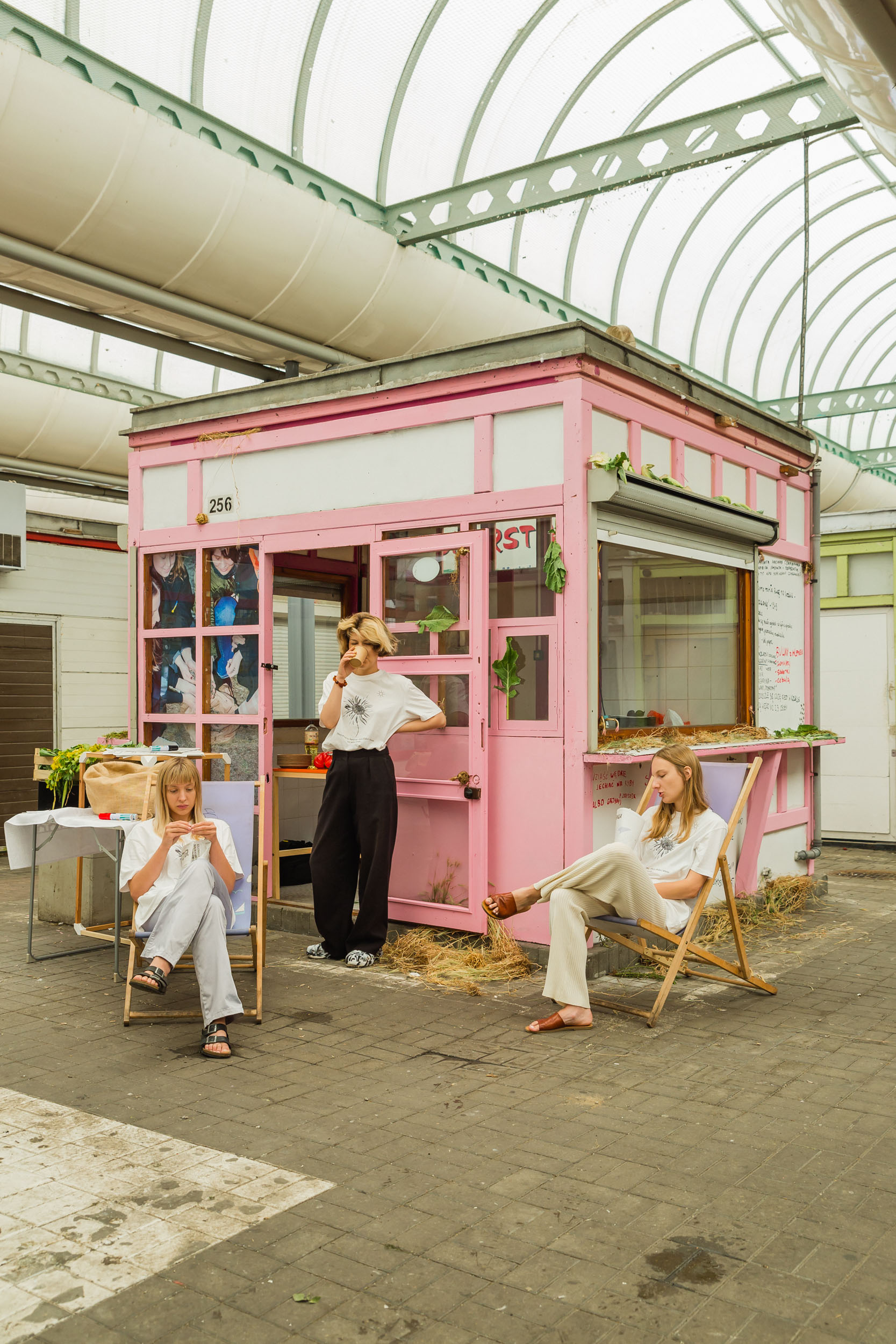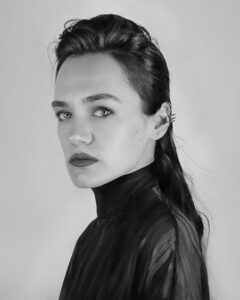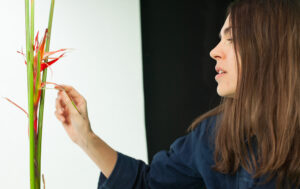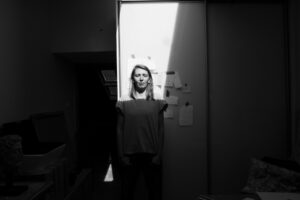Weronika Zalewska
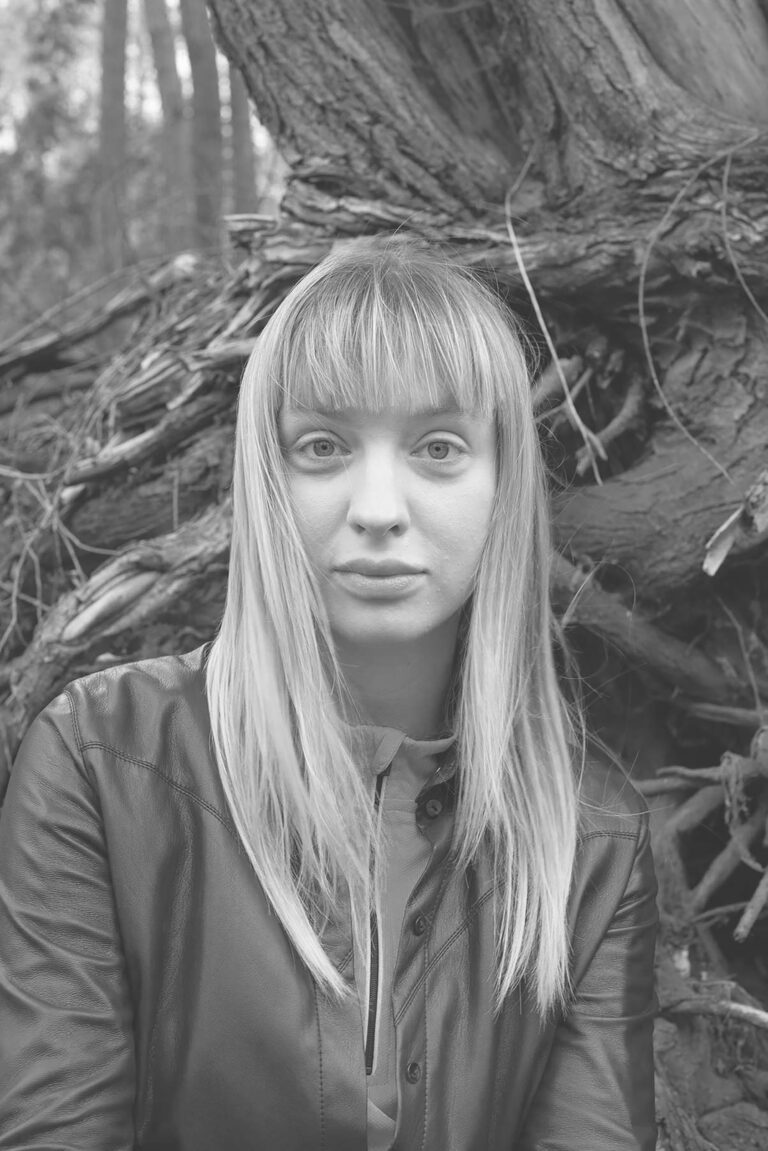
— born 1994 in Ostrów Wielkopolski – transmedia artist, poet, bookshop keeper, student of the Dutch Art Institute, working and living in Warsaw, Poland. She is interested in developing experimental languages and practices that can help deepen understanding of interpersonal and interspecies entanglements and help unfold alternative pasts~futures. She creates through text, sound, video and collective actions. She believes that building long-term alliances at the verge of activism and everyday life is making art no less (and sci-fi compliments gardening perfectly, as well as the other way around). Selected exhibitions: Warsaw Under Construction 12, MSN Warsaw (2021), 19th and 20th edition of the Artystyczna Podróż Hestii competition, MSN Warsaw (2021), HER Docs Film Festival exhibition (Warsaw, 2021), Arsenal Gallery (Bialystok, 2022), Galeria Promocyjna (Warsaw, 2022), Gdynia market halls (2022), BWA Wroclaw (2022), Zachęta National Art Gallery (Warsaw, 2022). She works closely with Bureau of Postartistic Services and Bęc Zmiana Foundation.
From the blur shapes start to emerge. A trick to the confident eye, to the confident ear, peeling layers of the daily into sci-fi, and yet again away from it. Weird hybrid bodies, a trembling identification12. If we have to name everything, perhaps we can do so through finding different rationality – interhuman and interspecies relationalities, and by tricking not others, but also ourselves, into different base ingredients, this time more than a few words moved back and forth. Let’s not be fooled – it’s nothing final – it’s a step into entanglement – as we all write that twisted poem that shifts us from linearity into perspectives not always easy to take in. Just digging it, within the soil, on the Internet, in the community, perhaps under the armpits (where emotions and movements layer).
Perhaps it goes too slow, perhaps it goes slow enough? It moves and excites me how the narratives of complexity and sensitivity now start to go out of niche and enter crucial spaces; how even biology can be told with a socially critical lens, and with poetry. How the extractivist economic systems can be unjustified through re-telling the stories of communities that had been balancing out their own support systems for long centuries before they were colonized and depleted of basic life resources. I feel the potential of poetry in practicing marginalized attention, slowly getting it onto the surface, both gentle and fierce. Feeling the sisterhood within creating these narratives, both in metaphors and in getting our hands dirty, brings to me the biggest joy of participation, the joy of being a parti-cle. Not always easy, not always a dance groove, sometimes a dance of mourning.
I got back to my writing practice indeed through that code of wanting to write down interdependencies, give them visibility, realize them. To turn the cultural lens more inside out than upside down; to be with the nuance, the doubt, the moving question of borders. In (my) natural history345 I made the attempt to write down my personal story through the perspective of non-human encounters – those that most often remained a background image to my happenings, covered by the cultural coat of humans and the rest, with a few acknowledged exceptions. I wanted to sponge in all that the cultural upbringing enchanted into the invisible. I wanted to speculate, as most childhood memories were a blur – a blur that became a potential for queering the memory. It was clumsy but it was an unblocking of attention streams that went on and on into weird margins – and when turned into an audiovisual installation, with the presence of my reading, it was like (a very long) loose note that anyone could make for themselves, very close to improvisation which opens intuitive grounds and streams. Nonlinearity for which “biography” is an amusing departure point. Increasingly amazed at how seriously we take the stories we tell automatically.
I also use the medium of video much for queering the eye, and for speculation. I wish for the lens to trick my eye, expose the ready-mades of (cultural) perception. The blurring I much use is both a manifestation of my doubt towards trusting the visual as a main tool for identification, as well as it is the potential to trick the eye into margins or fantasy. Living in times where most is explained by search engines, and where myths give space to thorough explanations on how things work, such intervention can be a reminder of how these explanations don’t exhaust our knowledge and don’t necessarily succeed in creating bonds of understanding, instead often putting our attention to sleep (as we focus on quantities of data taken in). In the book Entangled Life the scientist Merlin Sheldrake gives the anecdote of his friend, a magician…, having been accused by his audience of inducing some chemical substances into their drinks. It turned out that people who went to his performance suddenly saw the skies and streets very differently – the magic tricks confronted their ready assumptions and logics so much that it made the order of reality transform into some psychedelic experience as they made their way out. I find similar states quite necessary for confronting our systems with healthy humility, and hope that poetry and art can participate in such in-between states.
Such states have been curious to me way before I knew I could get into Academy while not being fond of painting, yet being fond of queering knowledge. It came as a great surprise to find (para)institutional spaces of experiment. Art, not art… it was just wonderful to find out there are schools which share the knowledge of empathic feedback, collective work, somatic practices & theory all mixed inside a funky, half-open box (KASK School of Arts) which could be applied in so many different spaces of (deep) growth. Making School of Love6 together was a dismantling of my perception of hierarchies – this collective emerged as a parallel parasite to our academy, allowing entrance to non-students, students and teachers in horizontal deep hanging out, to reflect on possible notions of love within political and social systems. Adva Zakai, Elli Vasalou, Hazal Arda – these women have taught me there is no need in explaining art, not art, unless searching for resources and spaces of support. Making a sustainable communal practice, however challenging, was of much deeper value than the production paces we often face, moving between a need of breath and returning burnouts. More care work to be done among us, this work requires love. Pleasure relaxes our minds and limbs, and we need to see it as urgency no less7. Thank you for continuously reminding me this (I also thank my body).
I love the quote of adrianne maree brown, the author of Pleasure Activism, who said “All organizing is science fiction. we are bending the future, together, into something we have never experienced”. Mixing that shake of social and care work, poetry and science, the quote also implies challenge. Making words, making worlds, though always trembling with the small-scale, running time, highs and lows, as with the Polish political struggles for women’s reproductive rights or free institutions or against border fences. We wanna do sci-fi but we run behind these guys watching their backs. There is such a huge gap, when politicians and economists continue to speak the languages that make worlds out of raw resources, raw livestock (incl. humans), raw numbers. Getting closer to one another is one plan. Thus activism always pops out from my work, it’s a sharing basket of ideas which we activate with many great peers. Office for Postartistic Services is a dear platform I take part in which allows such urgencies to form into interventions and processes both critical and funky.
The text was written in collaboration with Bogna Stefańska (2022).
1Image: Weronika Zalewska, one morning of slippery happenings, video, 2021. Courtesy of the artist.2Image: Weronika Zalewska, one morning of slippery happenings, video, 2021. Courtesy of the artist.
3Image: Weronika Zalewska, (my) natural history, text and video installation, 2022. Courtesy of the artist.
4Image: Weronika Zalewska, (my) natural history, text and video installation, 2022. Courtesy of the artist.
5Image: Weronika Zalewska, (my) natural history, text and video installation, 2022. Courtesy of the artist.
6School of Love, see: https://www.schooloflove.be/.
7Image: Weronika Zalewska, Yulia Kryvich, Marta Romankiv, (k)łącza kiosk, intervention and art installation, 2022. Courtesy of the artist.
